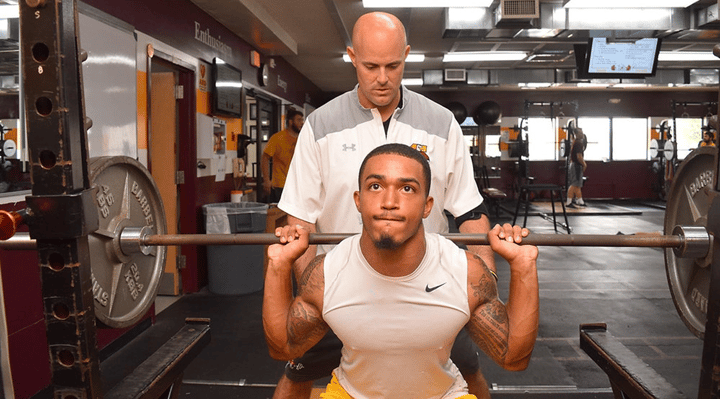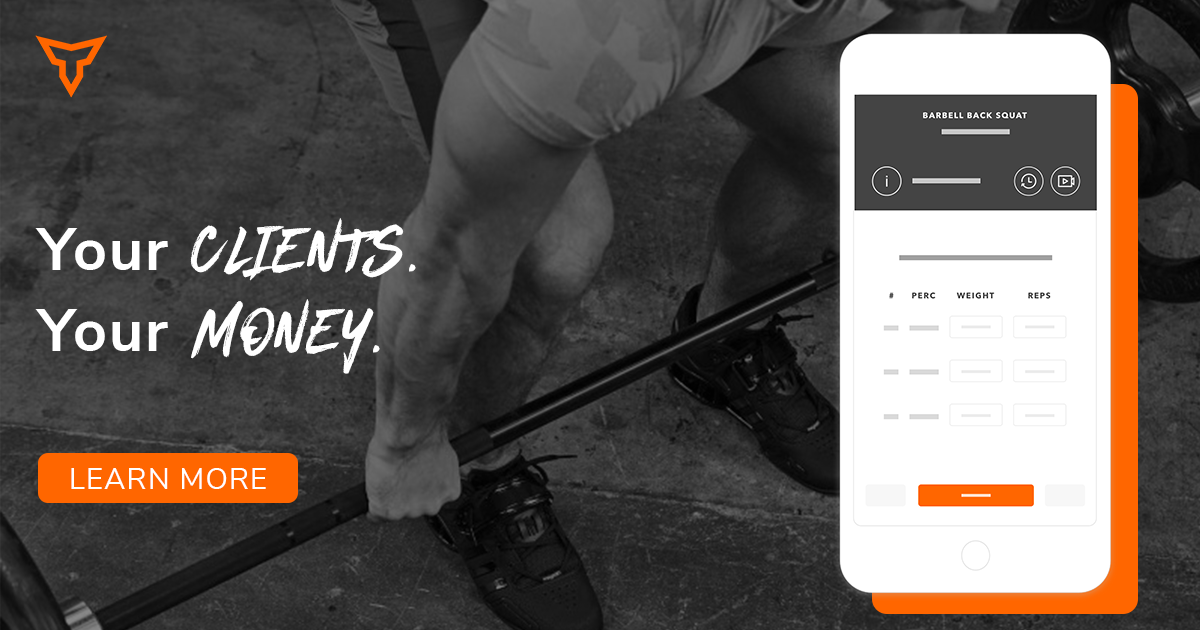5 Exercises To Master Before You Start Benching
Since the beginning of time as an intern I have seen the Bench Press used as a measure of upper body power and strength. While it is a great measure of such, I think it is safe to say that coaches are seeing the bigger picture of the upper body as a whole over the past 25 years. As an industry, we’ve seen the effect of posterior upper body strength and its relation to shoulder health over the span of the macrocycle. Now this does not mean we need to get rid of the bench, however as practitioners, we need to be careful about how we progress younger athletes through the bench.
Establish your “why” for utilizing the barbell bench.
Are you using it to establish a difference between anterior and posterior strength to work with programming down the road? Are you using tonnage to show how much load we need to offset the bench for shoulder health purposes? These are questions that need to be answered. Once your “why” is established, you need to figure out how to get there based on the athletes you have. With that being said, there is a level of mastery for certain exercises prior to teaching the athlete how to bench press.
Below are 5 exercises all coaches should have younger athletes master prior to pushing the limits on the bench press:
#1. The Push-Up
The push up is the lowest regression on my list for horizontal pressing movements. The great part about it is that coaches can visually see core stability as well. Make sure the athlete does not flare out the elbows, gets the chest to the floor, and drives the floor away from them with intent. This movement will set up how the rest of the macrocycle will look for horizontal pressing capabilities, so make sure to hammer it home. It is also modifiable for tempo, kneeling/weighted variations, and different starting positions.
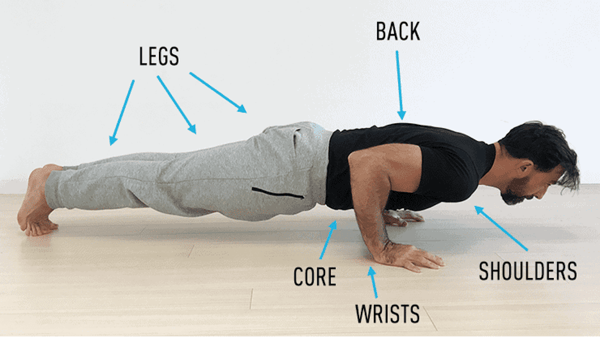
#2. The Pull-Up
The pull up is the best movement pattern for vertical pulling and can shows us so much visual data as practitioners. Core strength, grip strength, upper back strength are all some of the main points we look for. A benefit of the pull up is we can change grip variations allowing for high amounts of variability down the road to prevent plateaus. Please note if athletes cannot perform pull ups properly regress to an eccentric & isometric emphasis. Take your time and make sure the form is right so athletes are set up for success in vertical pulling down the road.
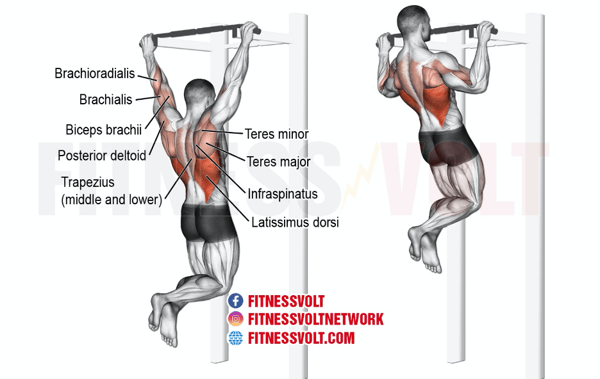
#3. Face Pulls
Face pulls utilize the mid traps & posterior delts to offset stresses made by the bench. While shoulder health is a plus from this exercise, shoulder stability is another added benefit. When the shoulder joint lacks stability, the muscles compensate leading to pain, irritation, & a high chance for injury down the road. If you do not have a cable machine, bands can be used as a great substitute.
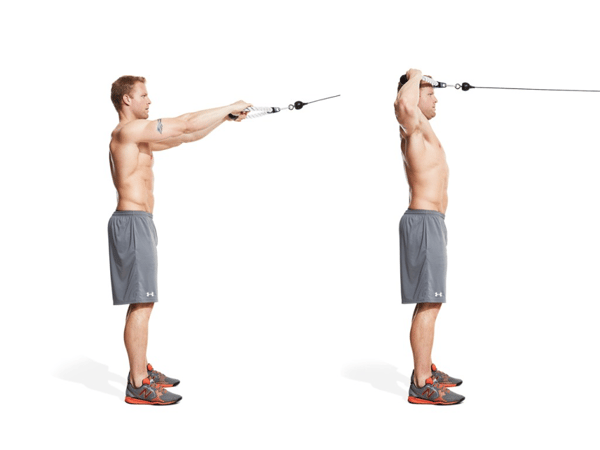
#4. Chest Supported Rows
The chest supported row is something all athletes should master regardless of benching protocols. By utilizing the bar, we can achieve successful repetitions under heavier loads. This means higher recruitment of muscle fibers for the upper back while offsetting stresses through heavier pulling protocols. If the body accumulates 800lbs of total load volume during a benching set (EX: 8 reps x100lbs), then most youth athletes will need to offset this by pulling over two to three times the amount in a given session (Chest supported rows example: 100lbs load x 10 reps x 3 sets = 3000lbs total load volume). On top of that the bar allows for various grip patterns such as under hand, over hand, wide grips, etc. If we focus on just one grip, the body will fully adapt causing the athlete to plateau.
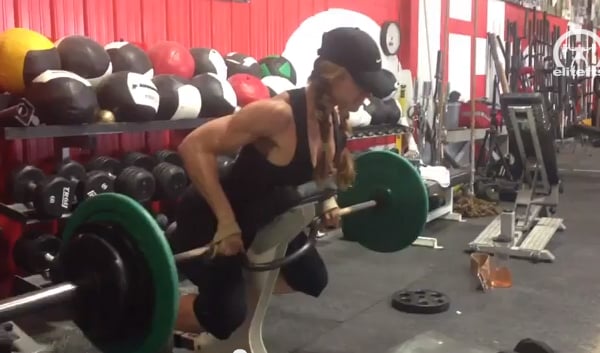
#5. Chest Supported Y’s
If the athlete has overactive upper traps, then this may cause upper cross syndrome to occur due to a lack of lower trap strength and shoulder stability. The Y’s emphasize lower trap development increasing shoulder stability at different angles and preventing upper cross syndrome from returning. Have the athlete depress the scapula prior to starting, lock out the arm by squeezing the triceps, & raising to a Y position. Due to the size of the lower traps as a whole, a focus on higher rep ranges may be needed. Currently, I program with 10-20 reps for 2-4 sets based on what phase of the macrocycle the athlete in.
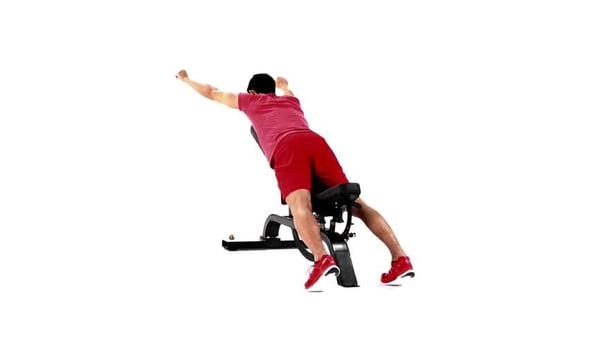
In conclusion you will notice that 4 of the 5 exercises are upper back exercises. A big take away from this article should be that upper back health, stability, & strength need to come first due to how taxing the bench press is combined with modern day lifestyle.
As amazing as it is to have athletes’ bench 300-500 pounds, remember “why” we are doing the bench. Hopefully this article helps coaches emphasize posterior and anterior strength fundamentals to better athletes as a whole. I highly recommend 3:1 pull to push ratio for youth athletes, 2:1 for college athletes, and a 1.5:1 ratio for professional athlete if time permits.
Subscribe to our blog
Subscribe to receive the latest blog posts to your inbox every week.
Related posts
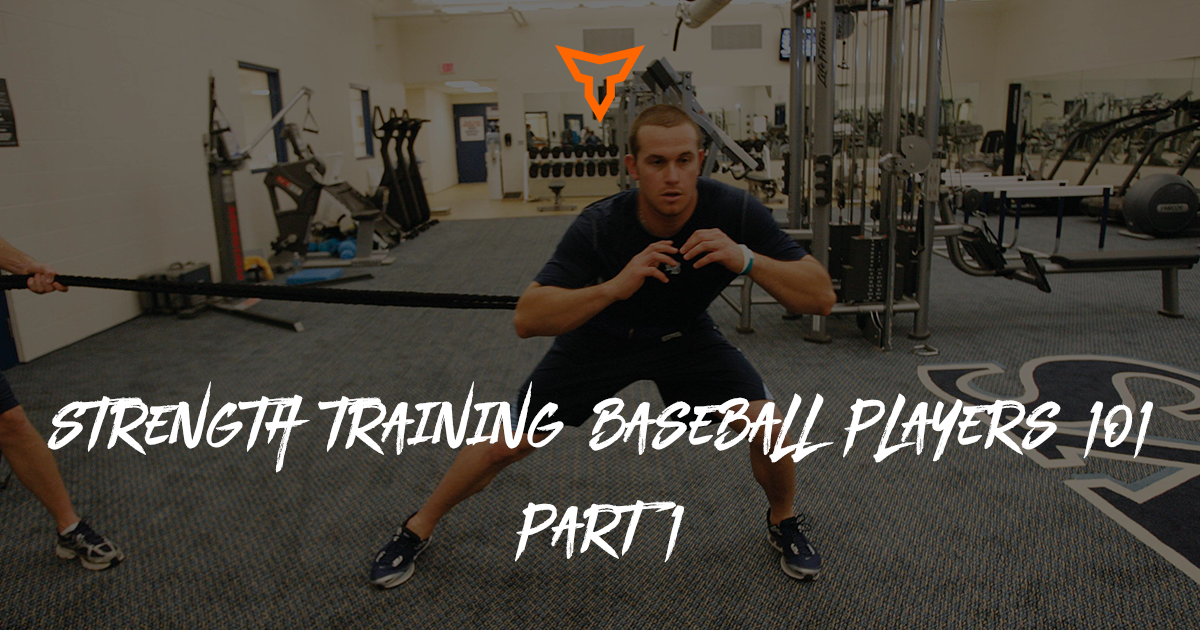
Strength Training Baseball Players 101 (Pt. 1)

How to Break Through Plateaus Using Isometrics
